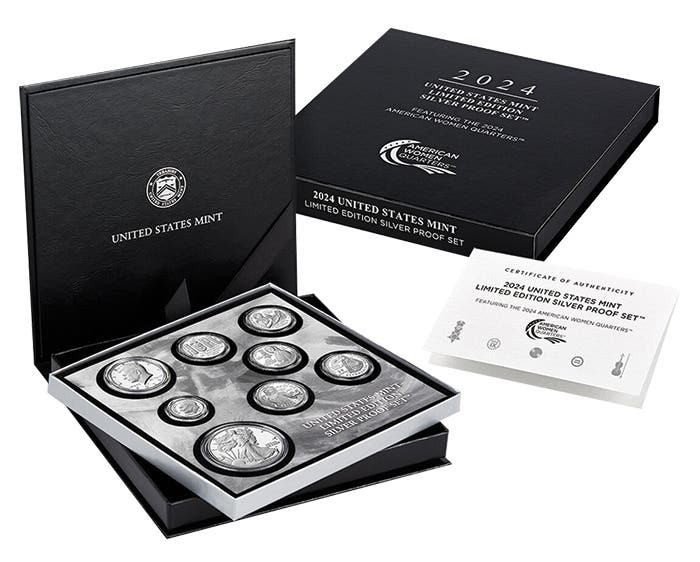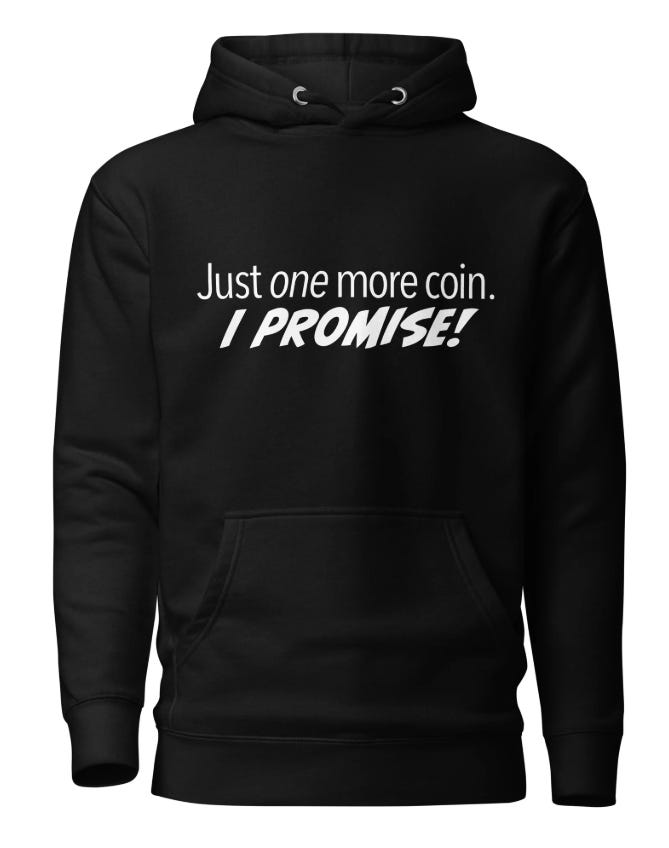Are modern commemorative coins worth collecting? Why or why not?
From the August 16, 2024, Numismatic News E-Newsletter Readers’ Poll, the general consensus is, if you like a commemorative coin, you should buy it!
Have not bought any in years. Got tired of buying these beautiful coins for three times spot and seeing them in coin club auctions years later for around spot. Bad investment. I wish someone could explain to me why the U.S. Mint needs to make such a huge return on these coins.
Gary, North Carolina
That will depend on what one is trying to accomplish. There is a place for commemoratives. Does an event or person have a special meaning or personal connection? Then, by all means, yes. If you are preserving wealth – not so much.
Thomas Hale, Address withheld
I purchase my coins from the U.S. Mint. I feel that because they charge over the value for their coins, it takes too long to recoup your investment.
Name and address withheld
I don’t collect modern commemoratives because the Mint sets a false scarcity. Now, as a retiree, I especially dislike not getting good value for my money.
Luz Ramírez Hernández, Address withheld
Modern commems are eminently worth collecting! As creative works, they offer opportunities to assemble designs by some of America’s most talented and prolific numismatic artists. Choose a favorite and collect one of each coin in their portfolio, as you would the works of a painter, figural sculptor, or photographer. Individual coins have appeal, too, as standalone slices of American life. Each commemorative coin program speaks to millions of people, with themes relating to popular sports, the military, outstanding achievements, honored heroes, famous events, and admirable organizations. Commemorative coins are important pieces of American culture. Collect them, proudly display them, and tell your friends and family what makes them special.
Dennis Tucker, Address withheld
I have stopped collecting the Mint’s commemoratives because I now have a safe full of the older ones before the Mint didn’t turn out so many each year. The Mint started turning out so many the quality and value dropped considerably, and the coins suffered. I also will not being purchasing the silver comics coins as I’m sure they will flood the market again.
Roy E. Robertson, Annapolis, Md.
I don’t think they’ll be a good investment coin, but if you like one, buy it. There are a few nice designs, but I prefer the classic half dollars, and even with those, there are some ugly issues. It’s all subjective.
Joe G., Carlsbad, Calif.
I do not collect commemorative coins for two reasons. The first is that I only collect coins intended for general circulation, and the second is that I feel that they are only issued to boost the profits of the mints.
Nigel Reid, Enfield, Middlesex, U.K.
Longer answer: Depends on your intent and purpose of collecting. Are you a coin dealer, a flipper, an investor, a treasure-hunter, a doomsday prepper or just a collector that enjoys building a collection that joins history to beautiful works of art?
If your intention is to buy the coin and, in the short term, re-sell it for a profit, the cards are stacked against you as an individual collector. Large dealers that grade tens of thousands of coins a year can “certify” them cheap and market the -70s based on “populations” at a large margin and sell their -69s at just above the raw price. The expense of that process for the individual means the least expensive way to collect commemoratives (or any current modern issue coin) is in OGP.
With modern minting, handling, and packaging techniques, virtually all coins that the U.S. Mint produces are not intended for circulation. Bullion, commemoratives, and proofs will come in at -69 or -70 unless damaged or improperly handled and stored. With the subjective nature of grading, that’s likely a distinction without a difference.
That being said, if you want your collection to tell the story of our nation’s history and evolution, commemoratives are a great collection. I have 21 vintage commemoratives but also at least one (several for some years) silver modern commemoratives in each year they’ve been offered (no commemorative coins offered in 1985 or 2023) and a good amount of the cupronickel-clad commemoratives if the rendition had a significant difference in design or theme from the silver offering since 1982.
Though there were several pewter and bronze medals created as part of our Bicentennial observance from 1972 through 1976 and silver (40 percent) uncirculated and proof issues for the Bicentennial designs of the quarter, half and dollar coins, the beginning of “modern commemoratives” is usually defined by the 1982 offering for George Washington’s 250th birthday.
In addition to the historical significance, the commemoratives are often the test platform for new techniques and methods: curved coins, reverse proof finish, enhanced uncirculated finish, enhanced reverse proof finish and bi-metallic composition, to name a few.
James Crandall, Address withheld
The modern commemoratives are fun to collect. However, historically, if you wait a few years after they were issued, you probably can buy them less than issue price and closer to bullion value, provided bullion prices are stable.
Collect those that mean something to you like a specific Olympic sport or a coin related to the branch of military service in which you or parent served.
Gary Lewis, Address withheld
No. That is the lesson of the last three decades of these over-priced silver issues that go for less than issue price and no dealer will pay over melt for them. Almost always easier to buy in the after-market. Plus, the art has really fallen flat. Boring, trite and simple graphics. What happened to innovative design and truly dynamic symbology?
Erik N. Jansen, Bainbridge Island, Wash.
Modern commemoratives are definitely worth collecting provided you collect for the joy of it and not for future profit potential. There are so many beautiful designs on the coins, and the special finishes like the colorized Purple Heart coins in 2022 and 2020 Basketball Hall of Fame coins, that there’s no shortage of ways to collect.
Ryan Kordziel, Schenectady, N.Y









